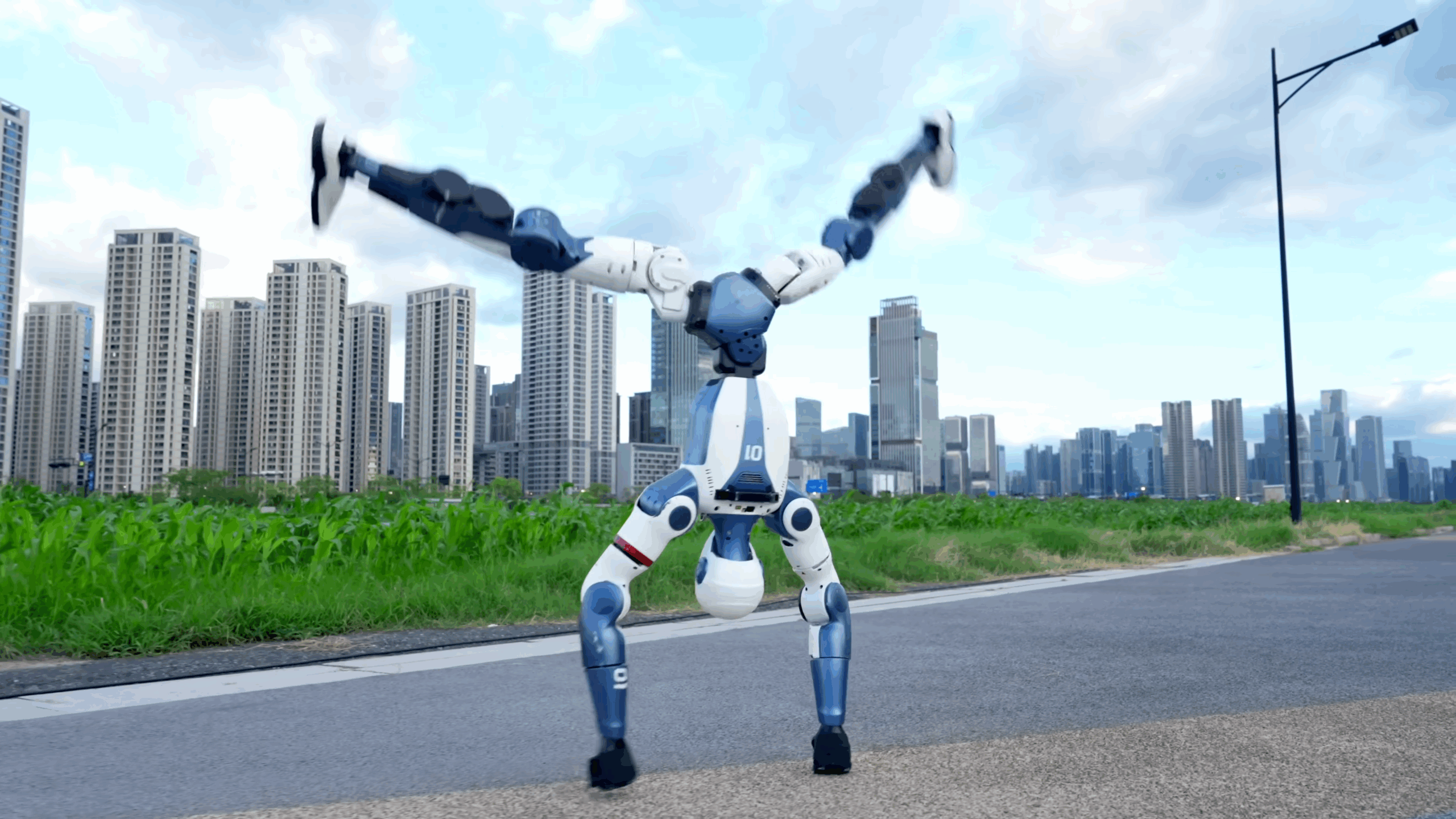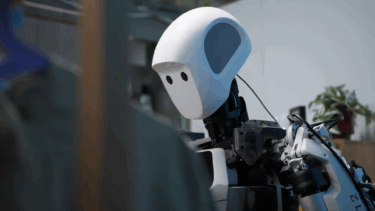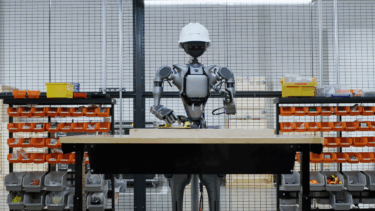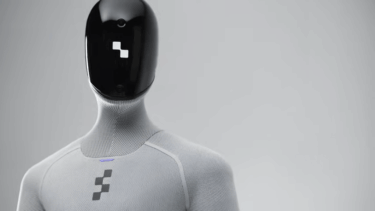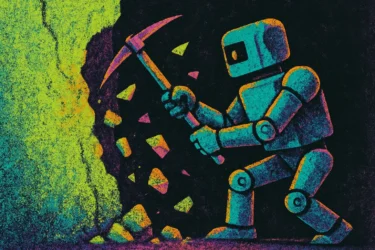Chinese startup Unitree is introducing the R1, a humanoid robot priced at just under $6,000. Designed to impress with stunts like cartwheels and handstands, the R1 highlights technical achievement rather than practical household skills.
Unitree is pitching the R1 as a "sports robot," with an entry price of about $5,900 (39,900 yuan), making it far cheaper than most other humanoids available today. The R1 weighs 25 kilograms, stands 121 centimeters tall, and features 26 joints. Built-in multimodal AI lets it recognize voices and images.
According to reports from Bloomberg and SCMP, Unitree is targeting both developers and consumers, aiming to open up the mass market for humanoid robots.
A cheaper entry point for humanoid robots
Unitree's aggressive pricing undercuts not only its own previous models—the G1 cost about $13,600 and the H1 came in at over $90,000—but also competitors. UBTech's humanoid costs about $40,000, while a $20,000 home assistant version is expected later this year. EngineAI sells its acrobatic PM01 model for $12,000. Tesla's Optimus isn't available yet, but Elon Musk has said it will cost less than $20,000 if mass-produced. Only Hugging Face's open-source HopeJR is cheaper, at $3,000.
Bloomberg reports that Unitree's pricing strategy is part of a broader push to strengthen China's position in humanoid robotics and challenge the US lead in the field. By comparison, Morgan Stanley pegged the average price of high-end humanoids at around $200,000 in 2024. The R1 announcement came just a week after Unitree revealed plans to go public.
Acrobatics over everyday use
Despite all the acrobatics, the R1's usefulness for daily life is likely limited. Nvidia researcher Jim Fan, who specializes in the intersection of AI and robotics, points out the so-called "Moravec paradox": tasks that are hard for people, like somersaults, are often easy for robots, while ordinary activities like cooking, cleaning, or pet care remain extremely difficult.
Fan explains that acrobatic moves can be fully trained in simulation and transferred directly to robots since they don't require real environmental interaction. Everyday tasks, on the other hand, demand sensory understanding, precise manipulation, and the ability to adapt to changing contexts, areas where robots still struggle. As a result, robots like the R1 excel at narrow, pre-programmed stunts but lack real-world awareness or autonomy. A robot that can nail a backflip might still walk straight into a wall.
For now, the R1 is more of a showcase for China's ambitions to make humanoid robots affordable and ready for mass production. Whether it can move beyond flashy demos remains to be seen.
